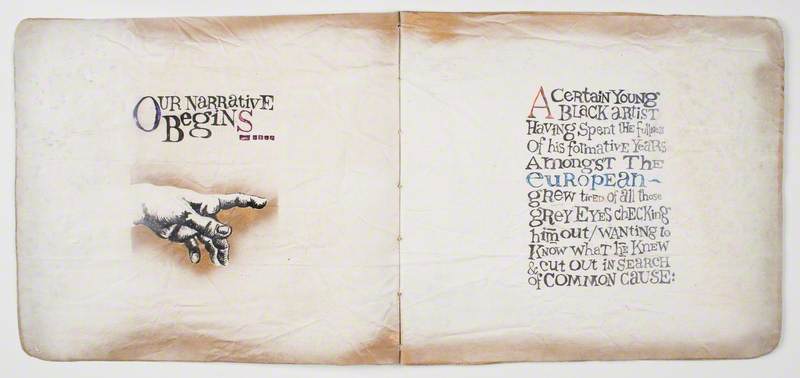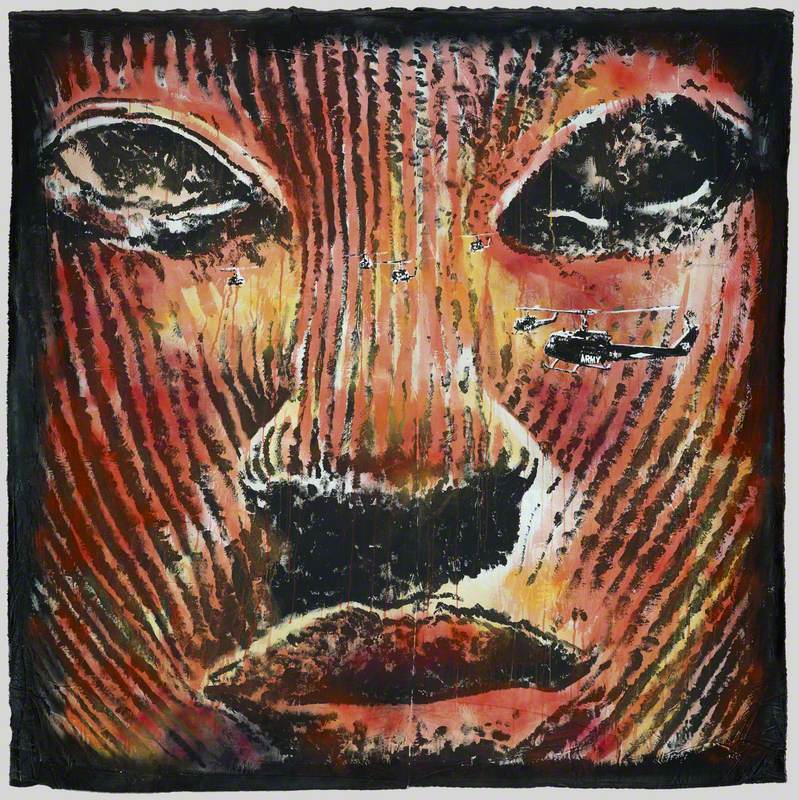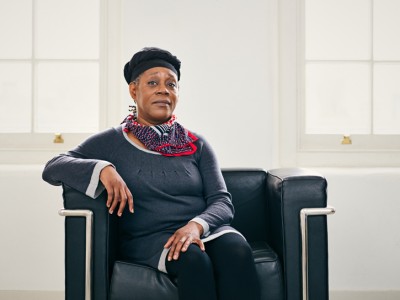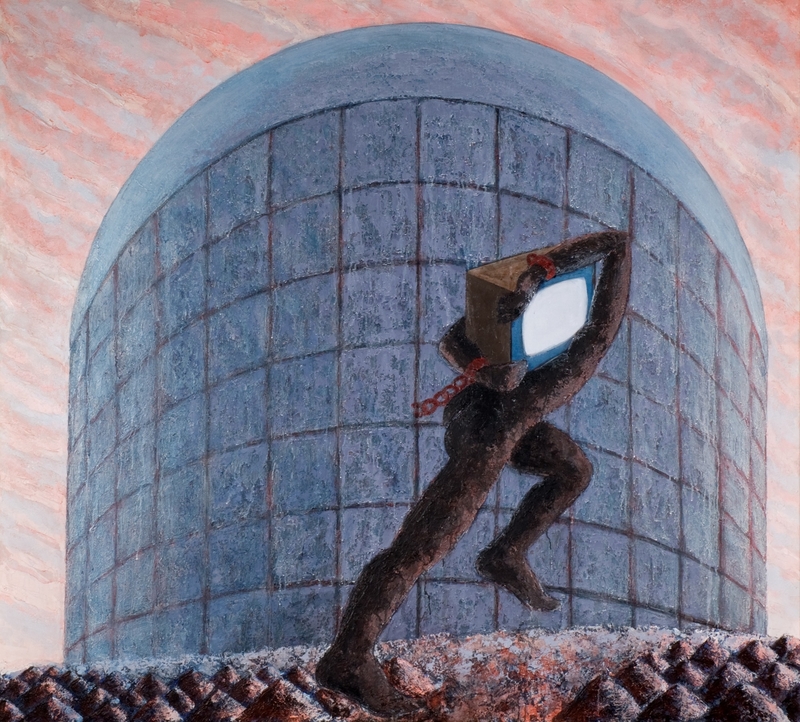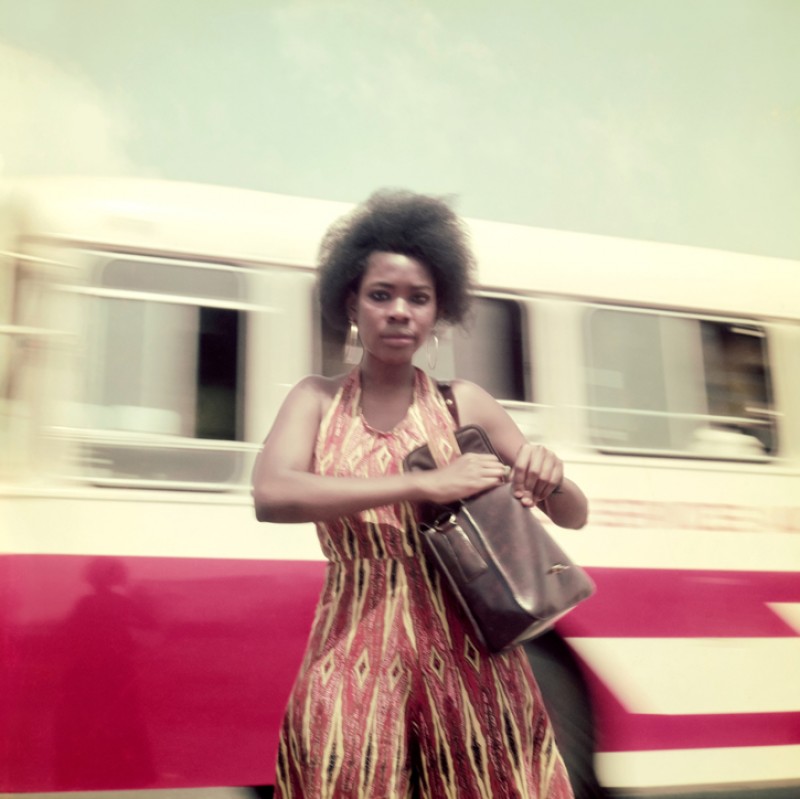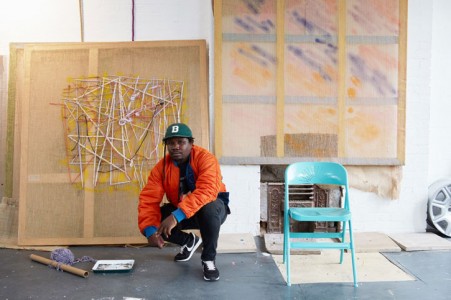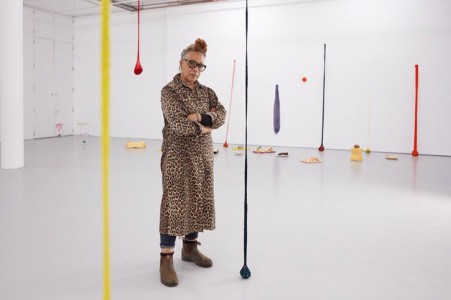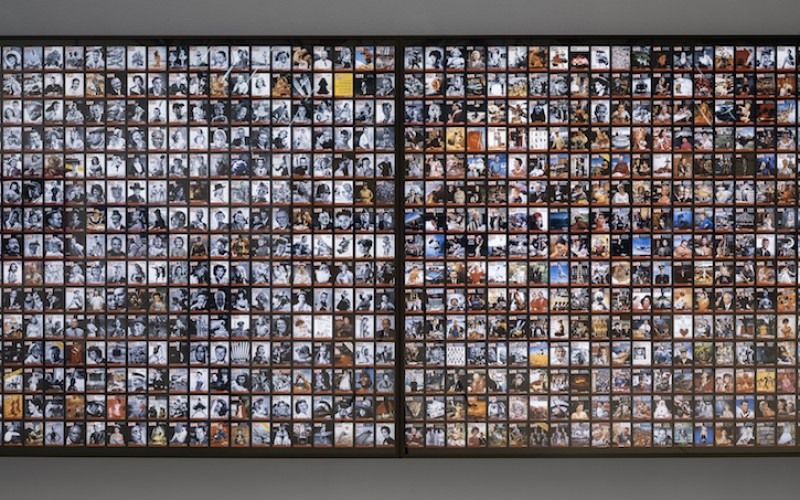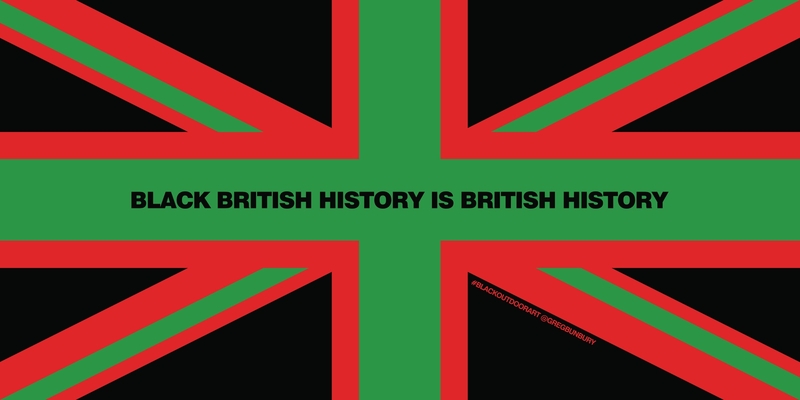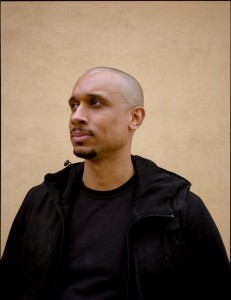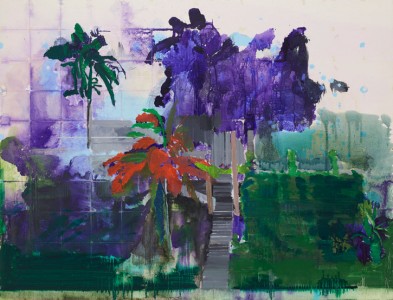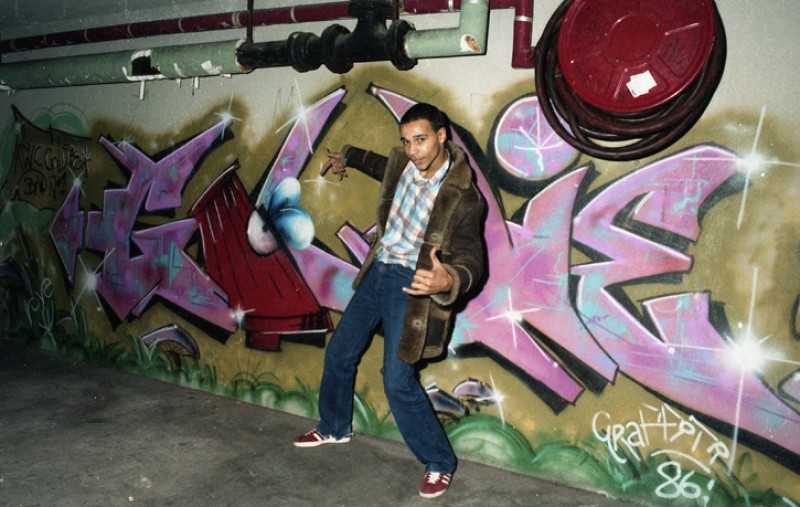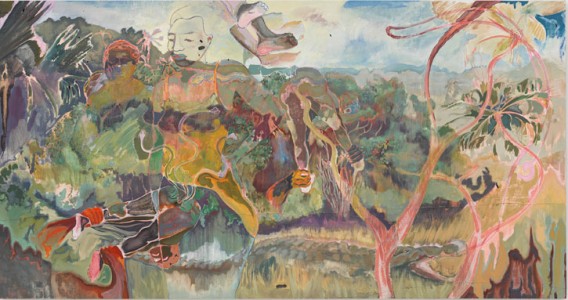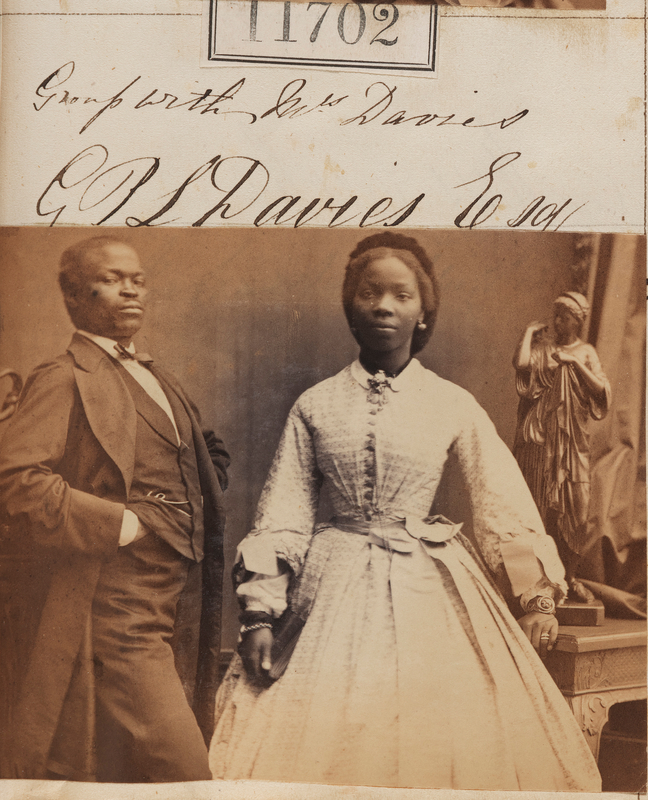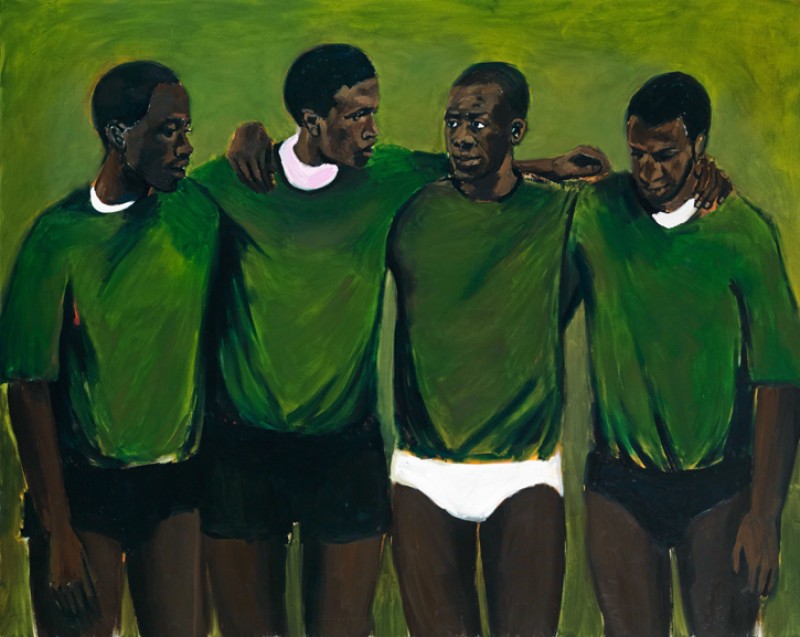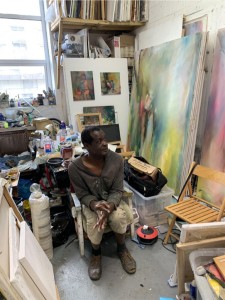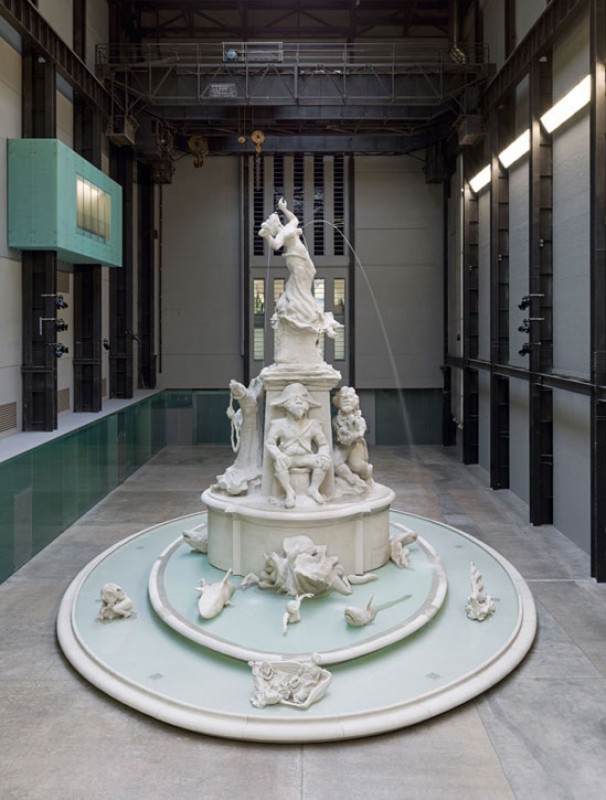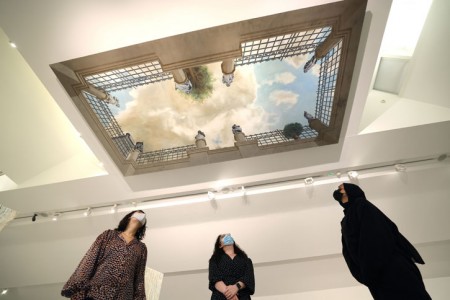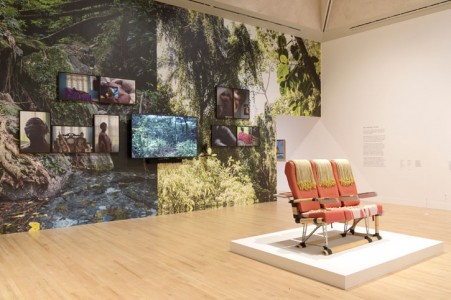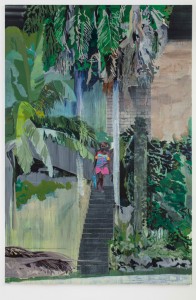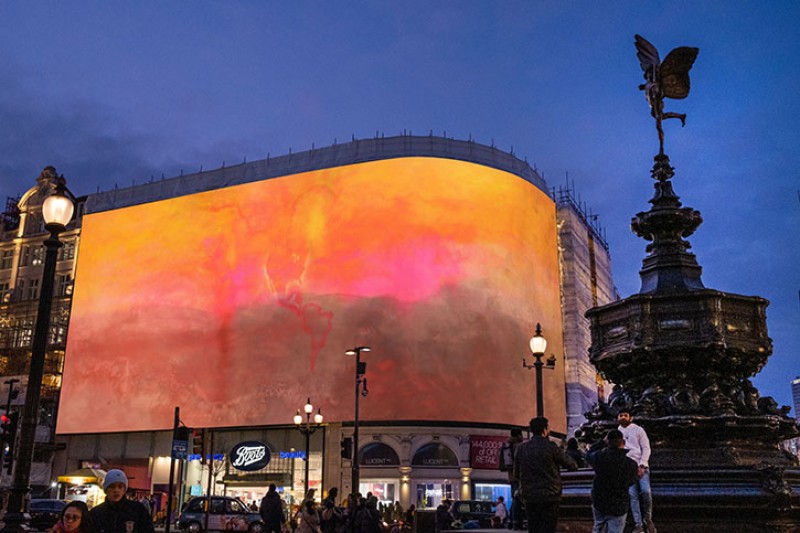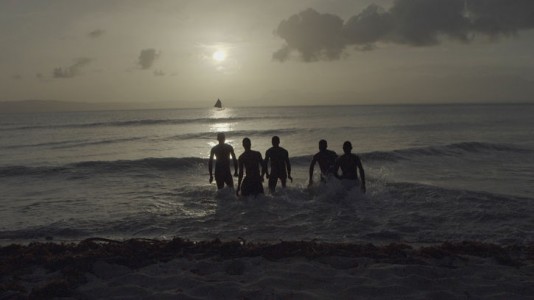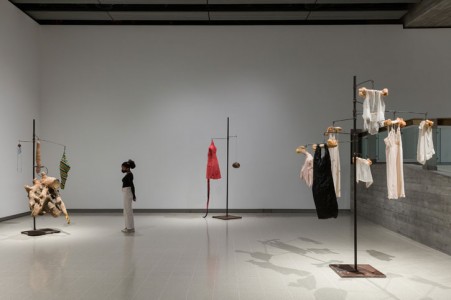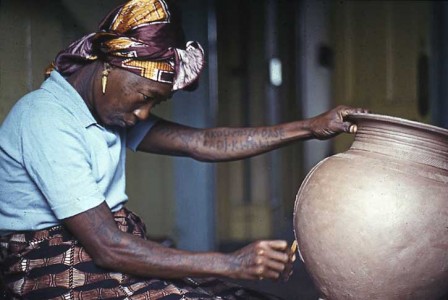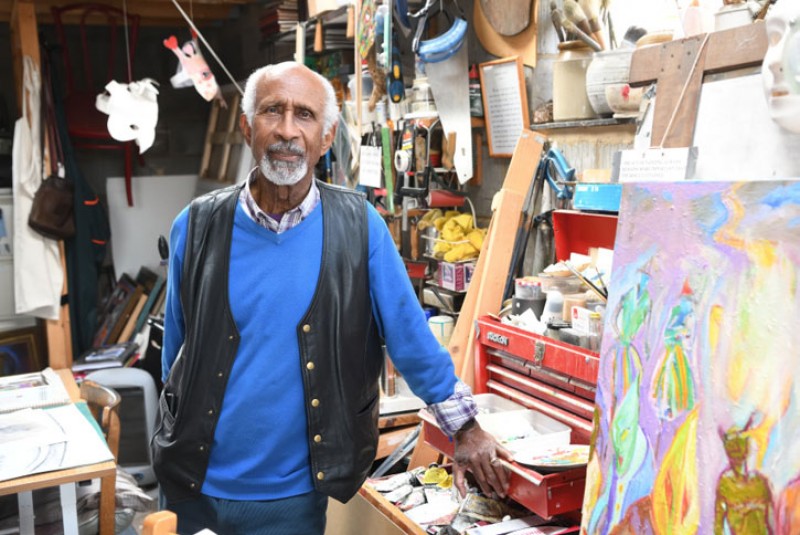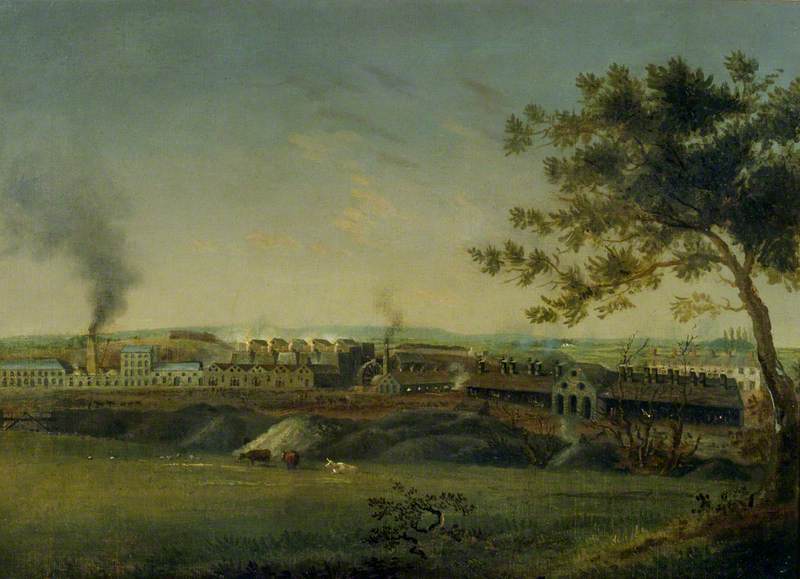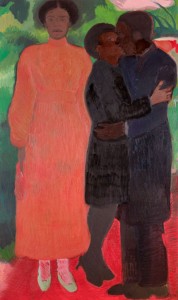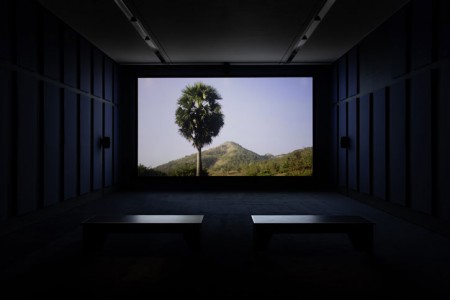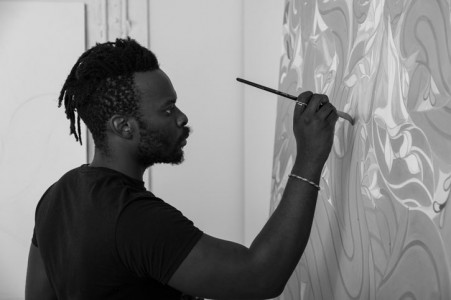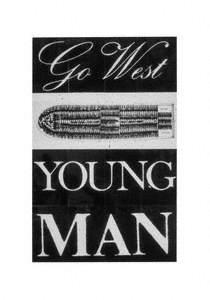Born in 1960 on the Mediterranean island of Malta, a British colony from 1814 to 1964, Keith Piper comes from a family who is originally from Antigua, in the Caribbean. His dad came to England in the 1950s, settling in Birmingham, and was posted on the island's British military base just before the birth of Keith and his second sister. Piper was six months old when he arrived in Britain.
A painter, draughtsman as much as an artist in slides, photomontage, text and all sorts of mixed media, Piper was a key member of the Black Art Group in the UK, then exhibited worldwide and never ceased to innovate and provoke inspiring art and reflections, relevant for the time.
Melissa Chemam: How did you get into art? Were you always into multimedia and different supports?
Keith Piper: Kids are often into art, aren't they? What was a game-changer for me were my years at a school of art, a specialist art school from secondary level, which was situated ten minutes from where I lived then. I had been interested in art since primary and applied. It was a small school, but I met a few other Black people there, whom I'm still in touch with. It was an interesting space, especially for our teenage years. Then I did a foundation year in Fine Art in Coventry (at Lanchester Polytechnic in 1979, before he went to Trent Polytechnic, Nottingham in 1980–1983, then London for an environmental media course at Royal College of Art in 1984–1986). It was an interesting moment to be in Coventry, thanks to the whole two-tone ska movement. It's also where I met the artist Eddie Chambers.
Poster for the exhibition 'Black Art an’ Done'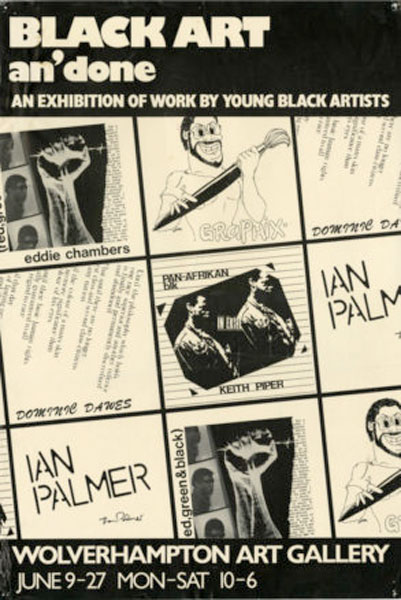
Melissa: And with him, you organised the first show with a 'Black Art' theme at Wolverhampton Art Gallery for June 1981, 'Black Art An' Done'. You exhibited as a student. Was it easy to organise?
Keith: Eddie wanted to create a support network for Black artists and minorities, to create visibility for these artists, and he went to see Wolverhampton's art group. 'Black Art An' Done' was the first exhibition that brought this idea of us working together as a group, and it was Eddie's idea. Then we worked on shows for the Africa Centre, on Covent Garden in London, with a slightly different line-up. The group was evolving.
Melissa: Sonia Boyce once talked about how her first studies tried to break her instinct in art... Did you go through a similar experience?
Keith: When I was at Polytechnic in Nottingham, tutors mostly left me alone, so not really. One even introduced me to some mind-blowing work, anti-apartheid artists for instance. I also met artists with great insight into feminism and heard about Rasheed Araeen. So, there were always people pointing us in the right direction. In these years, early 1980s, there were few sources about Black artists, only a few radical leftist bookshops, one in Nottingham, one in Birmingham and a few in London.
Melissa: You then became a key member of the Black Art Group (often written BLK Art Group, formed in 1979 in Wolverhampton), with Eddie Chambers, but also Dominic Dawes, Lubaina Himid, Claudette Johnson, Wenda Leslie, Ian Palmer, Donald Rodney, and Marlene Smith. And organised several other events, like The Pan-Afrikan Connection at The Africa Centre, London, England, in June 1982, later shown in Birmingham then Bristol. At that time, you exhibited work including the drawings Body Type I & II, from June 1982, combining images and texts – what inspired them?
Keith: I was always interested in collage, printing, mixed and multimedia, early on. I worked around then for a series of solo shows; some other members of our group did the same, like Eddie and Donald Rodney. We then all got involved together again for 'Heart in Exile' in 1983 at the Black Art Gallery in London. It was an interesting space, and I joined the board, became more involved. It was a political place, interested in pan-Africanism, even if I also clashed with some of their ideas, like the exclusionary positions.
(You are now entering) Mau Mau Country
1983
Keith Piper (b.1960) 
Melissa: Your creative practice often acts as a response to social and political issues, historical events and geographical sites. Was it something that took courage at the beginning? Or was it natural to you? Do you consider yourself a political artist?
Keith: As an artist, you go through your own evolution. My ideas on art and politics constantly evolved. One unifying theme of my work was to decide to raise issues for people to think about, to scrutinise, especially history and some struggles. I always had that in my practice. I'm interested in information but not in a singular audience, a single ethnicity. I believe you can never predict what an audience will be interested in; they always surprise me. I never assume anything about anybody, and I'm wary of ethnic notions. With the Black Art Group, we came to our politics from what we experienced and evolved through what we prioritised. And as artists as much as individuals, through some different experiences, we can give different opinions.
The Four Horsemen of the Apocalypse
acrylic on canvas by Keith Piper (b.1960) 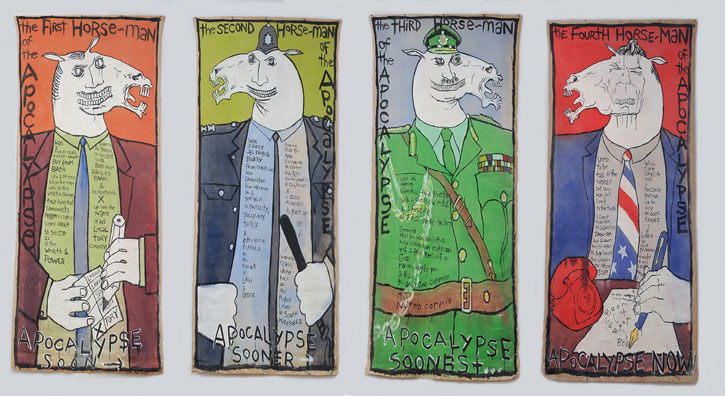
Melissa: How did a series like the Four Horsemen of the Apocalypse come about for instance? Each panel of this work makes a satirical comment on the political landscape of the early 1980s; the four faces representing entwined forces of the free market, power and state. Did you find inspiration to represent the fight for racial and economic justice in other artists' work? Writers' words? In historical events?
Keith: Actually, I'm currently working on a project about it... In Search for the Four Horsemen. The inspiration behind the series was my interest in storytelling and sequences. The different versions of the text on the four horsemen, it and my Christian background, all linked to my interest in the symbols. And the sculptor Malcolm Poynter had made some really interesting sculptures from them, of men with horses' heads, that questioned our relations with so many issues of that time, from the USSR to missiles, nuclear war, etc. It was for me a way of discussing that moment, and the current events. My 'horsemen' were representing a Tory voter, a policeman, an American army general and Ronald Reagan, the one who could then press the nuclear button. Again, it was my way to address the hot topics of the time.
Black Assassin Saints
1982, poster paint & screenprint on cotton duck by Keith Piper (b.1960) 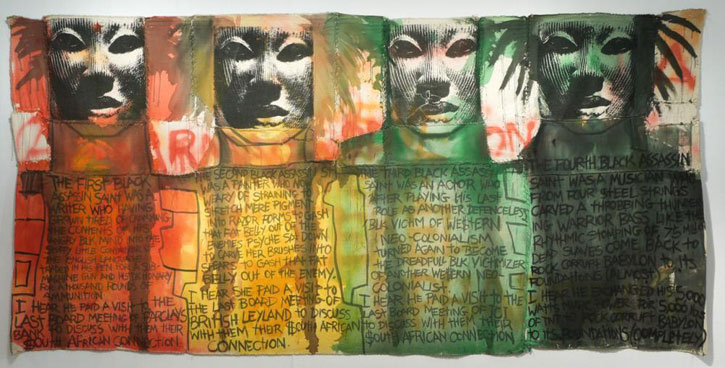
Melissa: Your painting Black Assassin Saints referred to the increasingly violent situation in South Africa during the early 1980s. It has become an example of denouncing the ongoing violence against Black people, how do you look at it today?
Keith: This one was derived from an essay that I read, saying that art was useless for the political struggle; that militants should act instead, it claimed. The artistic director Ron Cunnigham disagreed and wrote a response, mentioning the history of jazz. In my series, each 'Black Assassin Saints' is an artist: the first one is a painter. Then I linked the apartheid and the British companies with financial interests in South Africa. I showed the artistic figures with tools for real struggle. But the work now makes me feel weird... Direct action nowadays has a different meaning, closer to the aftermath of terrorism. Numbers of shows of our group addressed the issue of apartheid at the time; it was a vital problem for us.
Melissa: In 1991, you curated the touring exhibition 'Trophies of Empire', inspired by the 500-year anniversary of the so-called 'discovery' of the Americas by Christopher Columbus and other European explorers. The show came to Hull, Bristol and Liverpool in late 1991–1992. Looking back, 30 years later, this show looks ahead of its time.
Keith: We were mostly interested in uncovering the complex threads in history. The show didn't include Black artists only but looked into the legacy of imperialism with a whole range of artists. And among them, in Bristol, Carol Drake came up with a piece representing the slave trader Edward Colston in Bristol and a provocative stance on its statue in the city centre... It proves that already back in 1992 it was a problem. But it was a broad, theme-based project. I struggle to understand single-issue arguments, or phrases and concepts like 'white supremacy' or 'working class'. They can all cover complicated realities. What interests me is the complexity and nuance, and I think we need more of them. 'Trophies of Empire' was a progression in my work, for sure, but so was every step.

Melissa: From 1993, you also regularly exhibited in the USA, was the reception any different than in Britain?
Keith: In the 1990s, I did some shows in the US, yes, through Black American curators, who selected my work and some of other Black British artists, opening up a transatlantic conversation. But I also did various international shows, in Holland especially, and in Germany.
Melissa: In 2002, you were awarded an honorary Doctorate of Arts at Wolverhampton University and since you have taught for several years in Pittsburgh USA, then as a Reader & Associate Professor in Fine Art at London's Middlesex University. From October to December 2019, the retrospective 'Body Politics – Work from 1982–2007' was shown in Wolverhampton Art Gallery. Your work kept on evolving, towards installations and multimedia experiences. What are your coming projects?
Keith: I feel like I'm hardly doing as much as I would like to, but my work remains issue-based. I started research using devices such as videos, interactivity, electronic means. These are more practical to use than large sculptures and paintings! I also question the objects themselves, and the push for technological innovations, digital narrative, how to read them years on, etc. And my latest project is for the Walsall Art Gallery in the West Midlands, revisiting the Four Horsemen. The show will be called 'Jet Black Futures' and opens in January 2022.
Melissa: Timely for this retrospective on your work! Thank you so much, Keith.
Melissa Chemam is a journalist and writer in residence at Arnolfini Arts, Bristol
'Keith Piper: Jet Black Futures' will open at The New Art Gallery Walsall, 14th January to 24th April 2022.
Melissa's essay on artists from Africa and its diaspora invited to exhibit at the gallery since 1961 is available on the Arnolfini website.

